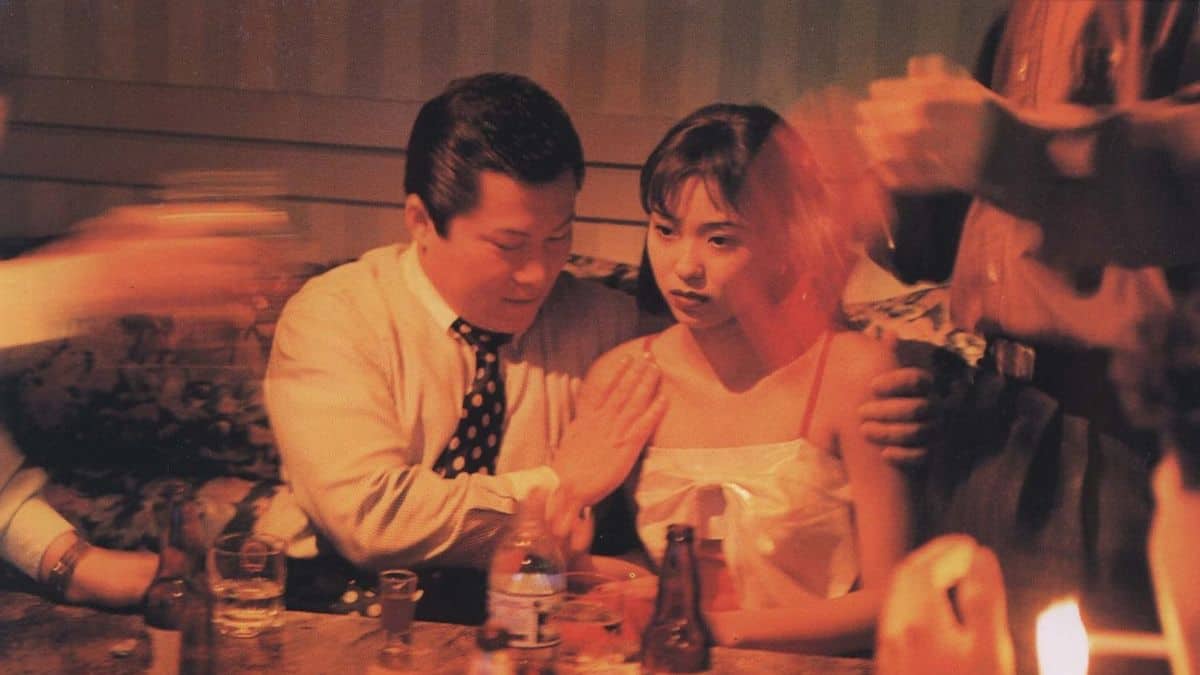Historians frequently say that history is revolving around specific individuals, who actually shape it with their lives and actions. Henry Mittwer may not be exactly a history shaper, but the life of this 93-year-old (at the time, he actually died in 2012), Japanese-American Buddhist priest, author, ikebana and ceramic artist definitely had a significant impact.
Zen And Bones is screening at Nippon Connection

The film begins with his long-time obsession, to shoot a film about about an orphaned child's longing for her mother, based on Ujo Noguchi's children's song “Akai Kutsu” (“Red Shoes”). Soon though, his past, starting with his childhood age comes to the fore, with Nakamura presenting the portrait of a man who has lived “a thousand lives”.
In that fashion, we witness Henry's birth in 1918 in Yokohama, to an American father who ran United Artists' Far East Office and a former geisha, and the beginnings of his life, which, apart from the terrifying experience with the Great Kanto Earthquake in 1923, were spent in luxury. Then his years at the St. Joseph's College, a Jesuit-run international school, where he learned to speak English, and the subsequent leave of his father and his older brother to America, and his years in poorness, after the stock market crash in 1929, that ruined his father financially, and forced him to leave school and start working, in order to support his family. Then his leave for the US and his reunification with his broken father and his brother in 1940 and his years in concentration camps, after the Pearl Harbor attack. His marriage with Sachiko and the birth of his three children, two of which, in the camps. His years in Los Angeles, after a long time of staying incarcerated, and a lung disease and the news of his mother's death, which threw him into depression. His meeting with Zen priest Nyogen Senzaki, one of the early proponents of Zen practice in the U.S and his return to Japan in 1961, and his subsequent apprenticeship to the chief abbot of Kyoto's Myoshinji Temple, Daiko Furukawa and the return of his family to Japan. His practicing with Ikebana and Zen, a number of publications, and his dealing with cinema, and his long-lasting efforts to shoot a movie based on “Red Shoes”.

In this presentation, which actually lasts for more than 2 hours, Nakamura has implemented dramatization, through an actor who plays a young Henry and also narrates the film, and some animation, mostly regarding his ideas for the movie. Add to that a number of photos and memorabilia that Henry has been storing forever, videos and interviews with Zen masters, movie entrepreneurs and a number of his friends, and you have the backbone of a complete portrait.
However, and despite the rather interesting main story, Nakamura does not fail to portray Hentry's dark aspects, mostly revolving around his treatment of his family, based on his children testimonies, who paint another picture, that of a very strict and authoritarian man, who actually abandoned his family for large periods, in order to indulge in whatever he was interested at the time. In that fashion, a scene involving violence with his daughter, is probably the most shocking in the film, along with his fight with the people shooting this particular movie.

The cinematography by Kensuke Nakazawa is impressive, highlighting all aspects of Henry's life with a focus on realism, although the images of extreme beauty are not missing, particularly in a sequence in a Buddhist temple, which was shot after the rude insistence of Mittwer. The style of the dramatization scenes is completely different, with Nakazawa implementing “dreamy” visuals, which indicate that what we are seeing, is taking place in the past. Kazuhiro Shirao had a humongous task in editing all those aspects together, and he succeeded completely, retaining a pace that allows the spectator both to focus on each and to enjoy the story, in purely entertaining terms.
“Zen and Bones” is a complete and very thorough portrait of a man whose live definitely deserved a documentary, and a very entertaining, and occasionally shocking spectacle, that definitely deserves a watch.















